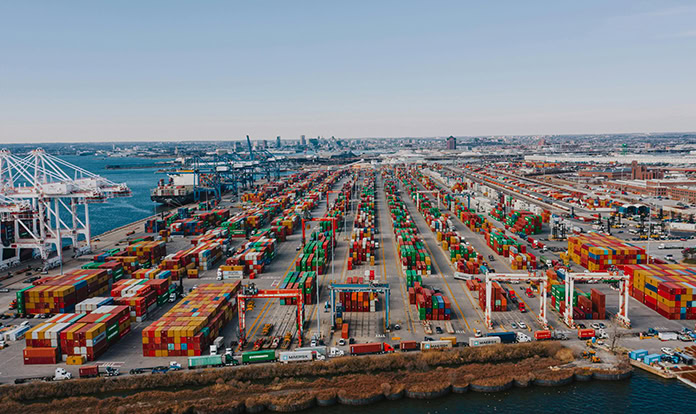
Feed Additives Outlook 2H 2025: First-Half Results Outshine Uncertain Outlook
In 2025, prices for most vitamins, amino acids, and other feed additives fell sharply due to weak demand from the feed sector, amplified by trade and consumption uncertainties that drove hand-to-mouth purchasing and inventory drawdowns. While Methionine and Vitamin B1 prices held stable to firm year-on-year and year-to-date, Vitamins A and E saw steep declines from elevated levels caused by the BASF force majeure, fueled by expectations of production restarts and price normalization.
By Stefan Schmidinger, Chief Economist at Kemiex

Earnings reports for the first half of 2025 indicate resilience and growth across most ingredient producers and sector participants, even as the broader market outlook turns cautious. According to our article published in Feed and Additives, growth was supported by increased volumes and previously favorable prices for select vitamins and amino acids.
Despite moderate momentum, the sector faces headwinds from softening feed demand and ongoing macroeconomic uncertainty. BASF has lifted its force majeure declarations for multiple forms of Vitamin A, Vitamin E, and other products between June and September, enabling a gradual reentry into its core animal and human nutrition markets.
Animal diseases, including avian flu, continue to disrupt trade flows, while China’s anti-dumping investigations into EU pork imports and domestic overproduction concerns add further volatility. Meanwhile, global freight rates have fallen for more than 14 consecutive weeks, with persistent imbalances expected to weigh on prices in the medium term.
Additives Prices Easing, Rebound Risk Rising
Feed additive markets continued to soften through 2025, with the Kemiex Vitamins Index down -34% and the Amino Acids Index -21% from January to late September. Despite subdued export activity, China’s Vitamin E shipments surged to a record 11,000 metric tons in August, signaling potential rebound momentum. Meanwhile, new EU approvals for Vitamin B2, DL-Methionine, and L-Arginine support diversification in sourcing, as several Chinese and European producers advance capacity expansions and restructuring projects.

Currency developments remain a key factor shaping market sentiment. The U.S. dollar continued to weaken over the year, while the euro strengthened notably against it. A softer dollar raises import costs in USD terms, whereas European exporters face margin pressure from unfavorable FX translation. Global producers continue to navigate these shifts amid volatile exchange rates and uneven regional demand.
At the corporate level, dsm-firmenich’s divestment of its Animal Health & Nutrition business is expected to finalize in Q4, marking a key milestone for the group’s strategic refocus. Meanwhile, macroeconomic uncertainty and policy shifts in the U.S. continue to influence global trade dynamics – from soybean and biofuel markets to feed ingredient flows – suggesting ongoing volatility heading into early 2026.
Click here to read the full article.